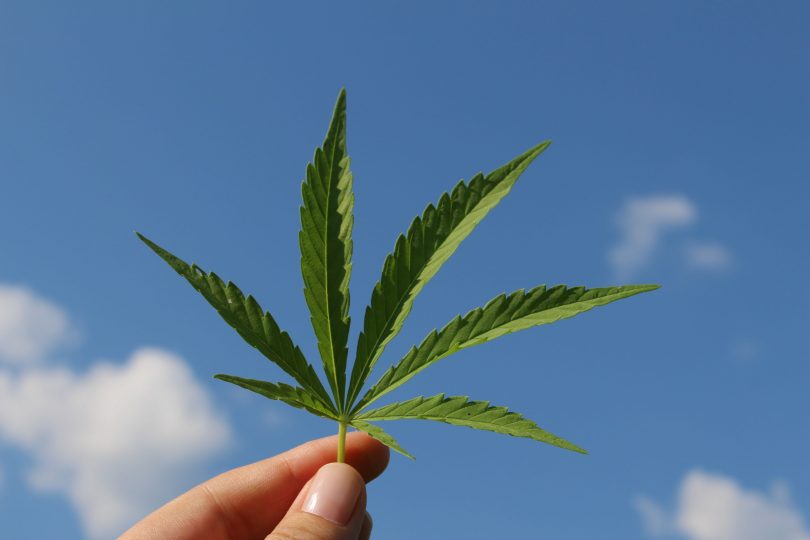As with any budding industry with huge potential, the cannabis sector has been on a collision course with the environment. Naturally, the environmental cost is becoming an inseparable part of the conversations regarding the cannabis industry and its future.
Despite the inherently green connotations, cannabis as a sector isn’t sparing on the environment, at least as of now. On the contrary, it can take a large toll on our environment on several different levels.
California is often used as an example for this, as the region has proven to be highly favorable to cannabis cultivation on the one hand, but also favorable to consequent environmental damage on the other.
With its Mediterranean-like climate and plenty of sunshine, as well as the progressive attitude toward cannabis, California is responsible for 60-70% of cannabis consumed in the U.S. Interestingly, the region has proven to be simultaneously highly favorable to cannabis cultivation and subsequent environmental damage.
“The combination of limited water resources, a water-hungry crop, and illegal cultivation in sensitive ecosystems means that [cannabis] cultivation can have environmental impacts that are disproportionately large given the area under production.”
In that sense, it’s almost as if California is a slightly hyperbolized, controlled environment for a scientific study on the environmental toll of the cannabis industry in the worst possible scenarios. The fact that illegal cannabis production is concentrated in delicate watersheds with high biodiversity certainly doesn’t make it any easier on the environment.
Speaking of illegal cannabis production, the persistent black market throughout the U.S. adds a major problematic variable to the environmental equation. For one, it’s not taxed, which means it only takes out of the pot without putting anything back in.
“This status separates [cannabis] from fully legal agricultural commodities and greatly complicates regulation of the industry.”
And it’s not like the legal Californian cannabis has been giving back to the environment, either.
“None of the $58 million–$105 million in state revenue generated each year from California’s $980 million medical [cannabis] market is currently earmarked for environmental protection, research, or remediation.” At the time of the study’s publication, California had not yet legalized recreational cannabis, so these dollar figures are dated. Just this summer, however, California announced that it would dedicate $6 million from cannabis industry tax dollars to support cultivator environmental remediation. (California collected $817 million in tax revenue during the 2020-2021 fiscal year, so $6 million represents 0.7% of the taxes collected.)
Then, of course, there’s the dangerously liberating lack of standards, which is a major problem even in legitimate lucrative industries, but in the black cannabis market, it can run totally amok.
“Land terracing, road construction, and forest clearing for both semi-legal and black-market [cannabis] plantations remove native vegetation and increase erosion.”
And it’s not as if cannabis cultivation isn’t an environmentally complicated enough puzzle as it is. It comes with “land clearing, the diversion of surface water, agrochemical pollution, and the poaching of wildlife.” Growing indoors requires lots of energy resources which poses yet another environmental issue.
On top of all that, you have the discrepancy between local and federal laws, which makes the coordination of strategies and far-sighted, big-picture eco-conscious plans infinitely more complicated, borderline impossible even.
The takeaway from all that isn’t that cannabis cultivation is bad, m’kay. For some, it’s a godsend. The reality, though, is that cannabis farming needs to be done more conscientiously and harmoniously with our Earth which begins and ends with widespread, well-planned regulations, whether implemented independently by cultivators or whether through state-enacted gameplans.
References:
1- Carah J, Howard J, Thompson SE, Short Gianotti AG, Bauer SD, et al. High time for conservation: Adding the environment to the debate on marijuana liberalization. Bioscience. 2015;65:822-829. Impact Factor = 8.282; Times Cited = 71
Image Credits: pxfuel








